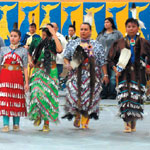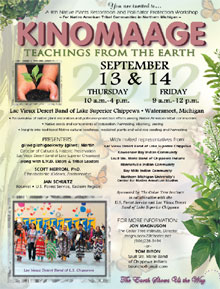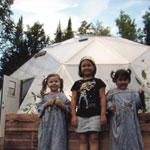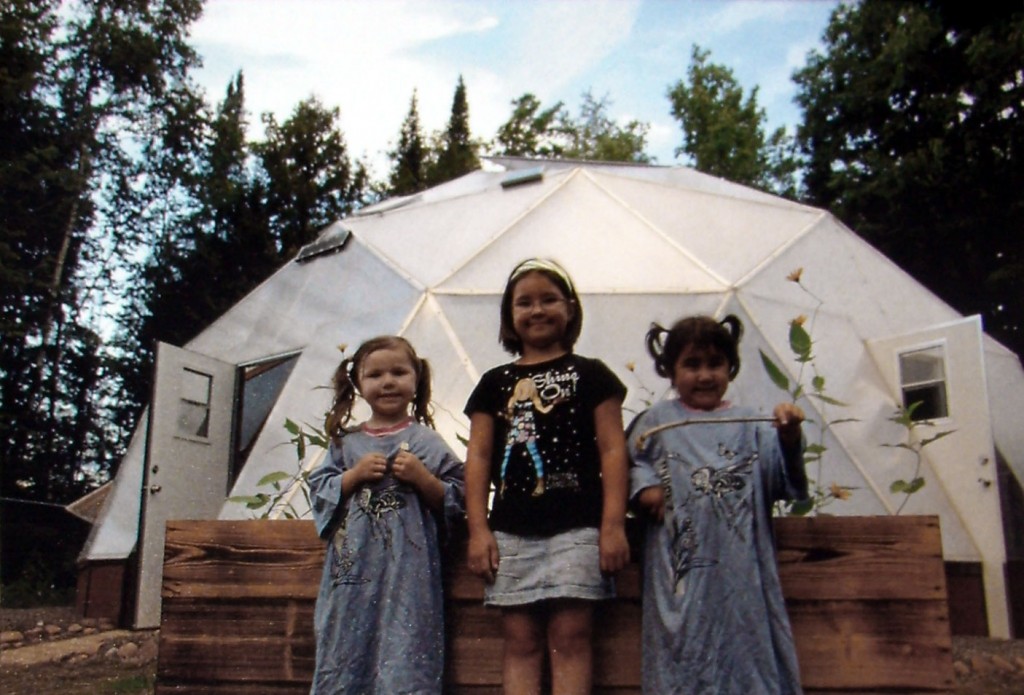 You are invited to…
You are invited to…
A 4th Native Plants Restoration and Pollinator Protection Workshop
~ For Native American Tribal Communities in Northern Michigan ~
Thursday September 13th from 10 a.m. – 4 p.m. and
Friday September 14th from 9 a.m. – 12 p.m.
Lac Vieux Desert Band of Lake Superior Chippewa – Watersmeet, Michigan
Kinomaage
Teachings from the Earth
- An overview of native plant restoration and pollinator-protection efforts among Native American tribal communities
- Native seeds and components of restoration: harvesting, cleaning, storing
- Insights into traditional Native cultural teachings, medicinal plants & wild rice seeding and harvesting
Special Presenters
giiwegiizhigookway (giiwe) Martin
Director of Cultural & Historic Preservation
(Lac Vieux Desert Band of Lake Superior Chippewa)
…along with L.V.D. Elders & Tribal Leaders
Scott Herron, PhD.
Ethnobotanist
(Odawa, Anishanaabe)
Jan Schultz
Botanist
U.S. Forest Service, Eastern Region
With invited representatives from:
- Lac Vieux Desert Band of Lake Superior Chippewa
- Keeweenaw Bay Indian Community
- Sault Ste. Marie Band of Chippewa Indians
- Hannahville Indian Community
- Bay Mills Indian Community
- Northern Michigan University’s Center for Native American Studies
Sponsored by The Cedar Tree Institute in collaboration with the U.S. Forest Service and Lac Vieux Desert Band of Lake Superior Chippewa
For More Information:
Jon Magnuson
The Cedar Tree Institute, Director
magnusonx2@charter.net
(906)228-5494
~or~
Tom Biron
Sault Ste. Marie Band of Chippewa Indians
birontho@gmail.com
The Earth Shows Us the Way.


 When sounds of drums echoed through the forests in Michigan’s Upper Peninsula in a dedication of a Native plants greenhouse at the Keweenaw Bay Indian Community (KBIC), neighboring communities across the Great Lakes basin took notice.
When sounds of drums echoed through the forests in Michigan’s Upper Peninsula in a dedication of a Native plants greenhouse at the Keweenaw Bay Indian Community (KBIC), neighboring communities across the Great Lakes basin took notice.